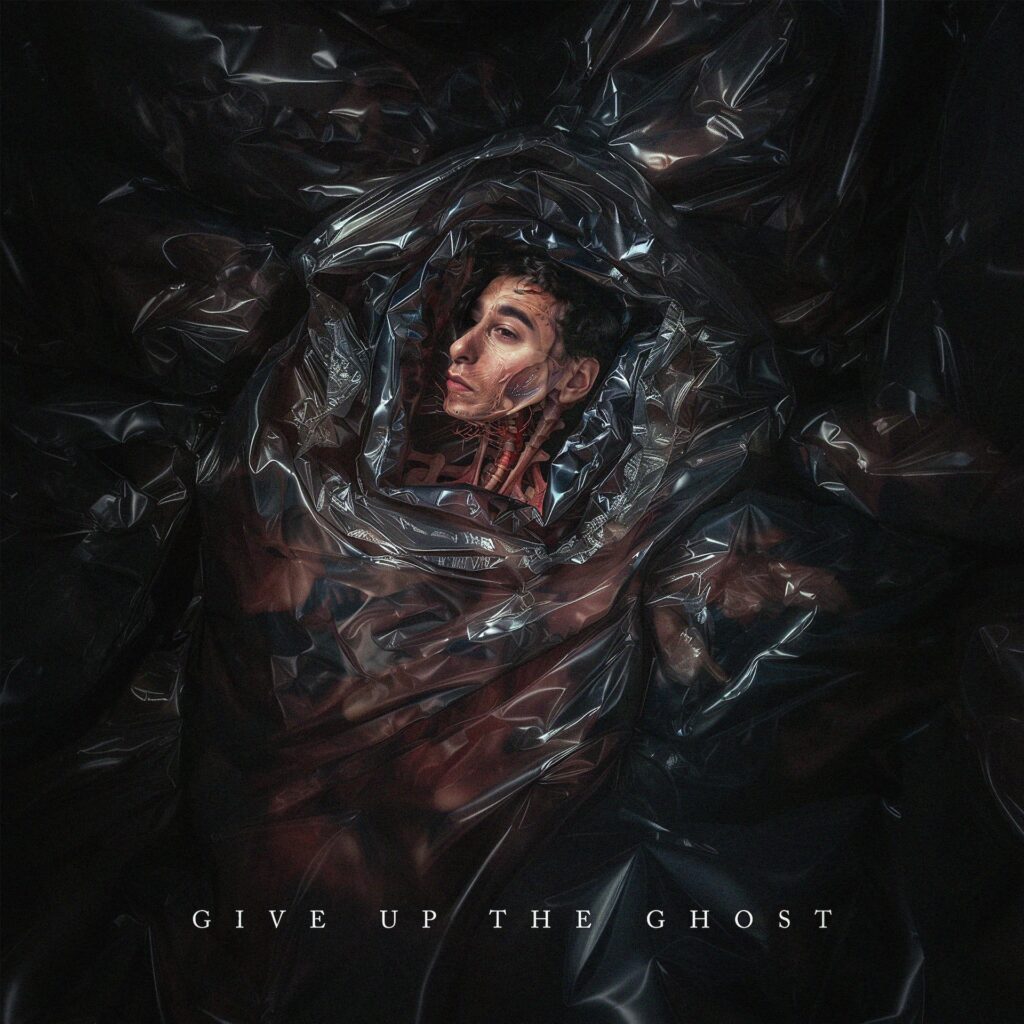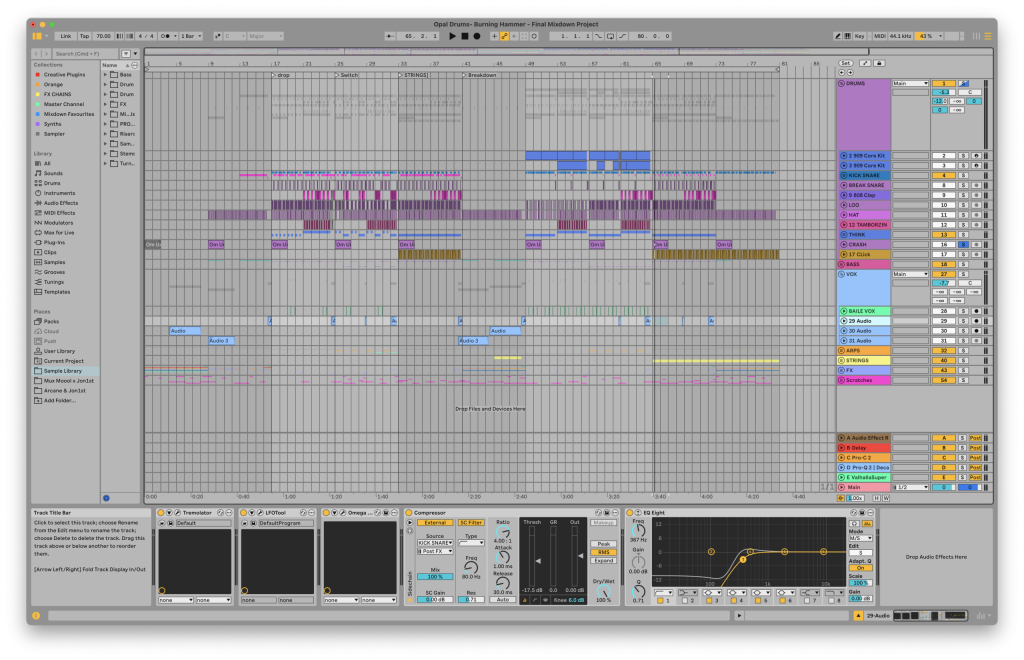Opal Drums is the new project from UK turntablist Jon1st and Denver-based producer Mux Mool, and their debut single “Burning Hammer” wastes no time showing how ambitious the collaboration is. Built around a mix of heavy percussion, evolving synths, and cinematic textures, the track sets the tone for a full narrative-driven world they’re creating through music, inspired by manga, speculative cinema, and video games.
The duo describes their sound as more than club functionality — each track is part of a larger mythos where colossal alien monoliths land on Earth, serving as a metaphor for awe and transformation. That concept drives their approach in the studio, from sound design choices to how they structure the flow of their productions. “Burning Hammer” is the first release that places listeners right inside that story, balancing dense bass weight with intricate rhythmic details.
For this How It Was Made feature, Jon1st and Mux Mool open the door to their process on “Burning Hammer,” walking through the synth work, creative use of MIDI effects, resampling, formant-shifting, turntable experiments, and mixing tools that shaped the track. They show how their combined backgrounds — turntablism on one side and experimental electronic production on the other — merge into a workflow that’s technical, hands-on, and tightly tied to the concept behind the music.
Serum + Ableton Midi Effects
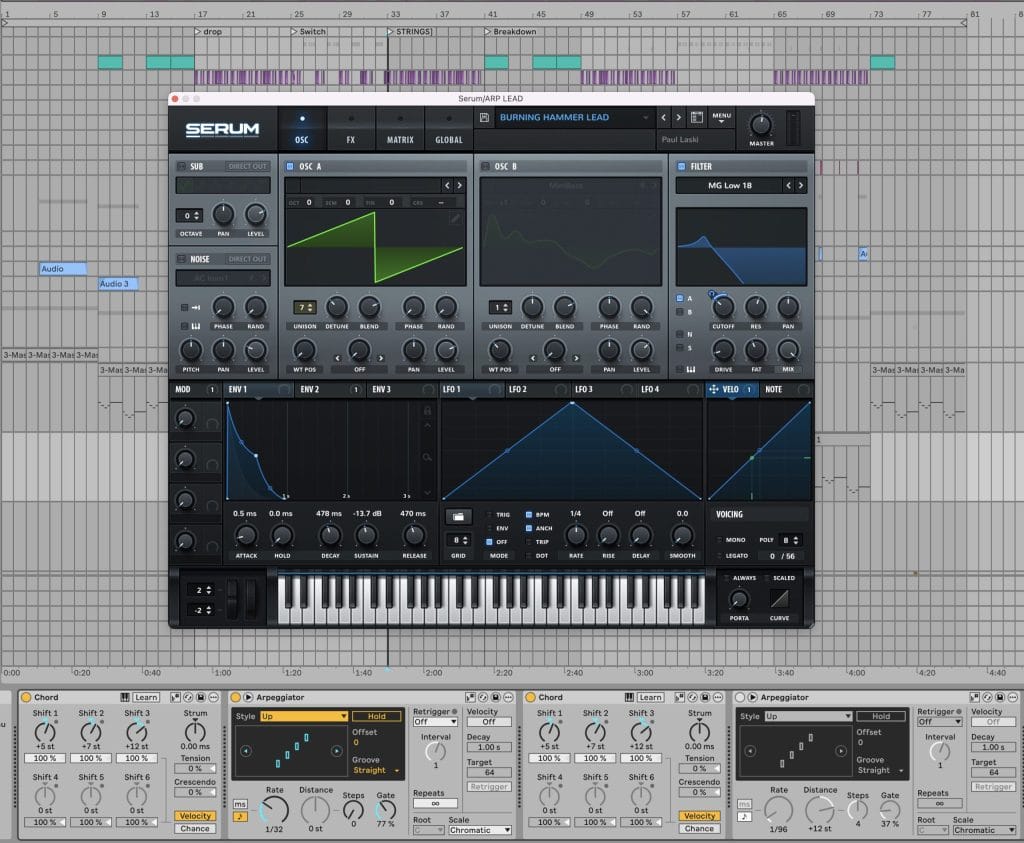
Serum, and now Serum 2, has been a constant go-to soft-synth for both of us for years, and we used it for creating the main synth riff in Burning Hammer.
The Serum patch in this track is fairly simple, for the most part it’s just a saw-wave in unison mode running into a filter that has a LFO on the cutoff with automation on the resonance and cut off positions. But, what really creates the sound of the synth in this case, is combining the patch with the use of Ableton’s Chord midi effects both before and after one of Ableton’s Arpeggiator midi effects so that the arpeggiator is receiving a chord on each note played in in our arrangement, and then each note played the arpeggiator is then being turned into a chord afterwards too, which creates a really layered sound. We also automated the arpeggiator gate and filter cut off to create variations on the motif, and also resampled and time stretched parts of the melody with different warp modes to create variations too, which is a technique we like to use a lot in our productions. We also experimented with trying out different waveforms in our Serum patch to create another variation for the second drop, and added a stock Ableton reverb with a high decay and maximum wet signal to create the washy pads on the intro.
The idea of modulating a repeating motif with automation on different parameters of the synth and effects and resampling can be a really fun way to bring a motif or a bass sound to life with different variations and keep it interesting across the duration of a track. A lot of the time we like to mess around with sound design for a while once we have a core hook locked in too to see what other sounds we can create out of our patches to add variation and detail.
Little Alter Boy
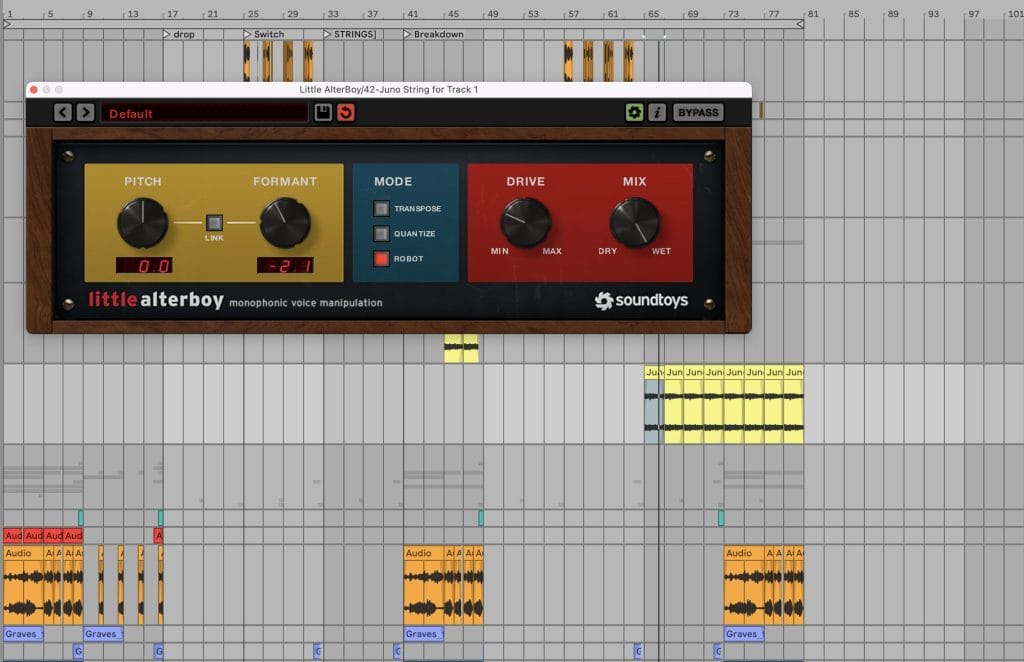
Little Alter Boy by Soundtoys is another favourite of ours and we use its formant shifting on a lot of our tracks as a sound design tool.
On Burning Hammer, we ran a Juno 106 pad into it to create a creepy feeling distorted drone, but we also love using it on vocals and automating the amount of the formant shifting to create some interesting tones and variations, either gradually for a riser style effect or suddenly to create distinct switch ups.
Sometimes we like having duplicate audio channels of creative plugins like this so we can easily A/B between settings in our arrangement and not get lost in different types of automation.
Pioneer DJ DJM-S11 Mixer and Pioneer DJ PLX-CRSS12 Turntables
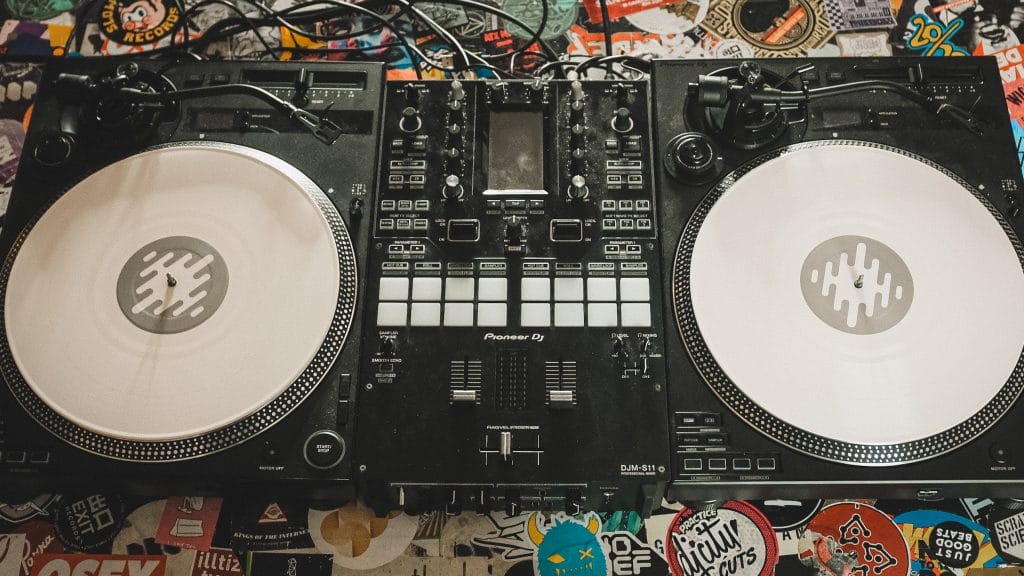
Jon: I have a background in turntablism and often use my DJ equipment in my productions. At the moment I am using the DJM-S11 mixer by Pioneer DJ and their PLX-CRSS12 turntables. The S11 is a turntablist-focused DJ mixer that connects with Serato with loads of performance features and the PLX-CRSS12s have the option of needle-less playback when using Serato using a clamp-like device that sits on the platter spindle.
I often bounce out elements of tracks to resample on turntables with scratching and hardware effects when producing. On Burning Hammer, I sampled a white noise type sound and scratched it while tweaking the mixer’s filter to create swoosh-like sweeps and ran them through both hardware and software delays to create FX risers and sweeps throughout the track.
Even if you don’t scratch, bouncing out an idea you have and playing it through effects on DJ equipment or pedals or amps can be a great way to physically do some sound design with elements from a track. It can also be a fun way of breaking one’s writing routines too and be a great idea starter.
Kush Audio Complete Suite
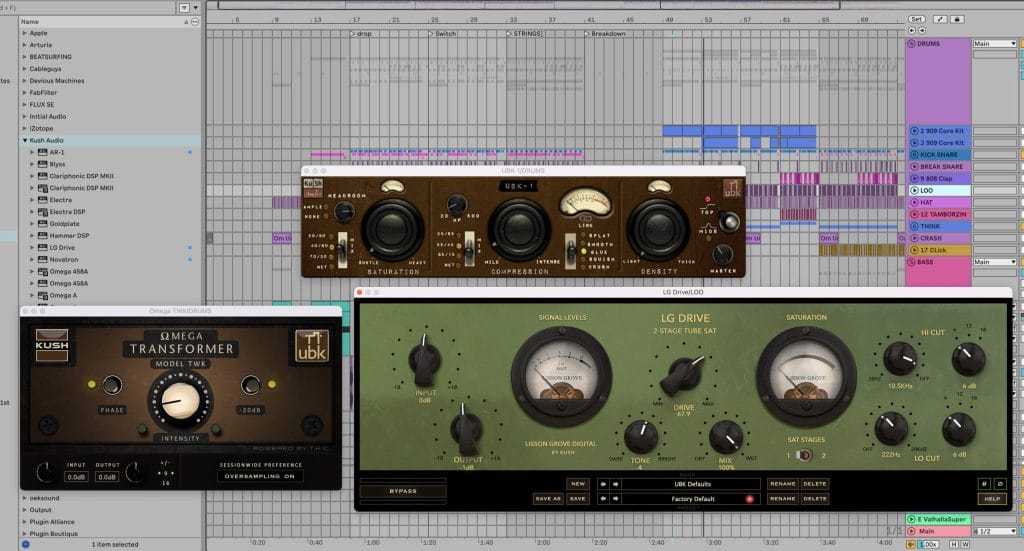
We use Kush Audio’s Complete Suite a lot on our tracks when mixing. They’re a great and affordable collection of saturators and compressors and are really versatile, and are a staple in our production process.
We used a few of the Kush plugins on Burning Hammer,. In particular we used UBK-1 on the track’s drum bus as a glue compressor and LG Drive to add subtle saturation and light eq to soothe the top end of a few individual drum tracks.
Quick Fire Hot Takes And Advice On Production
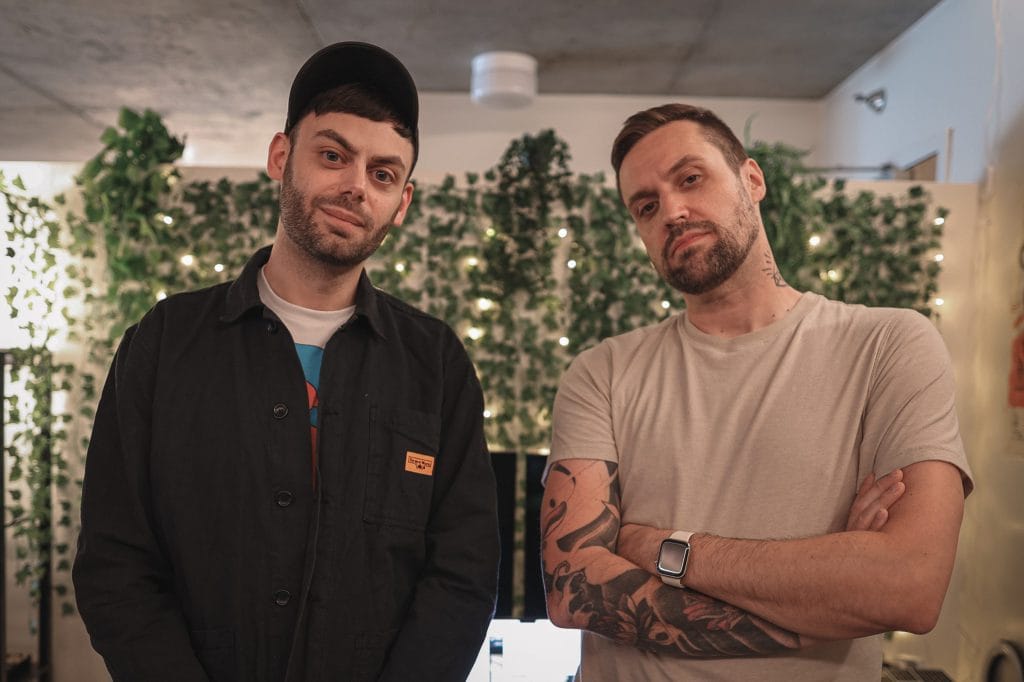
- At the moment we’re really excited about not being locked down to a specific tempo or subgenre when writing and focusing more on exploring a sonic identity. By having a narrative aspect to this project, it’s also allowed us to approach writing in a different way to we have both written before, and considering how a track might fit into our narrative ‘universe’ has opened a lot of composition ideas too.
- We both feel that there is a lot of scope for more melodic bass music to be enjoyed in more intimate and well-considered performance spaces, in addition to clubs and large scale venues. We’ve both seen some amazing A/V performances in more intimate settings like this and would love to see more.
- We really encourage new and up and coming artists to pursue what really resonates with them and excites them rather than trying to emulate something that is currently trending. From both our experiences, finding your own path might be a longer process, but is so so worth it.
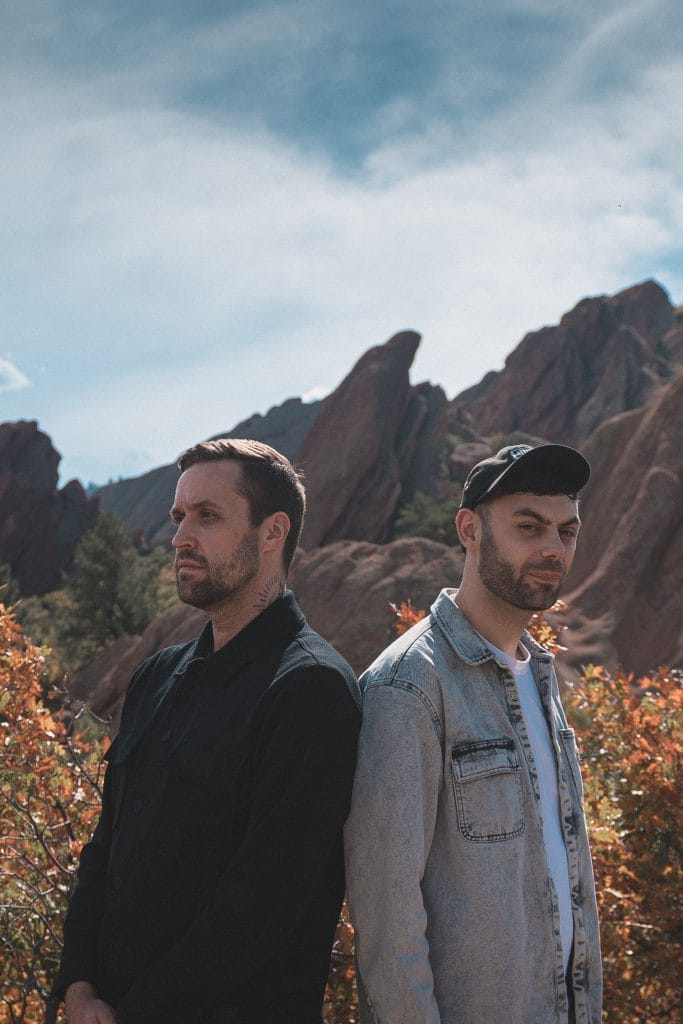
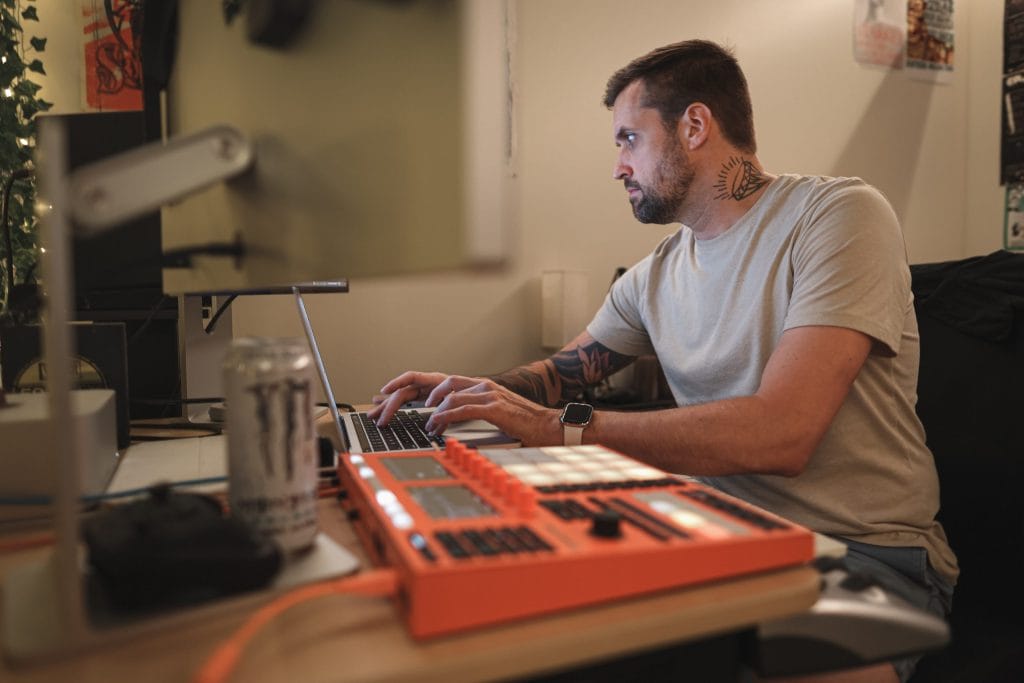
The post How It Was Made: Opal Drums – Burning Hammer (Sarsen Cinema + Bass Music) appeared first on Magnetic Magazine.





